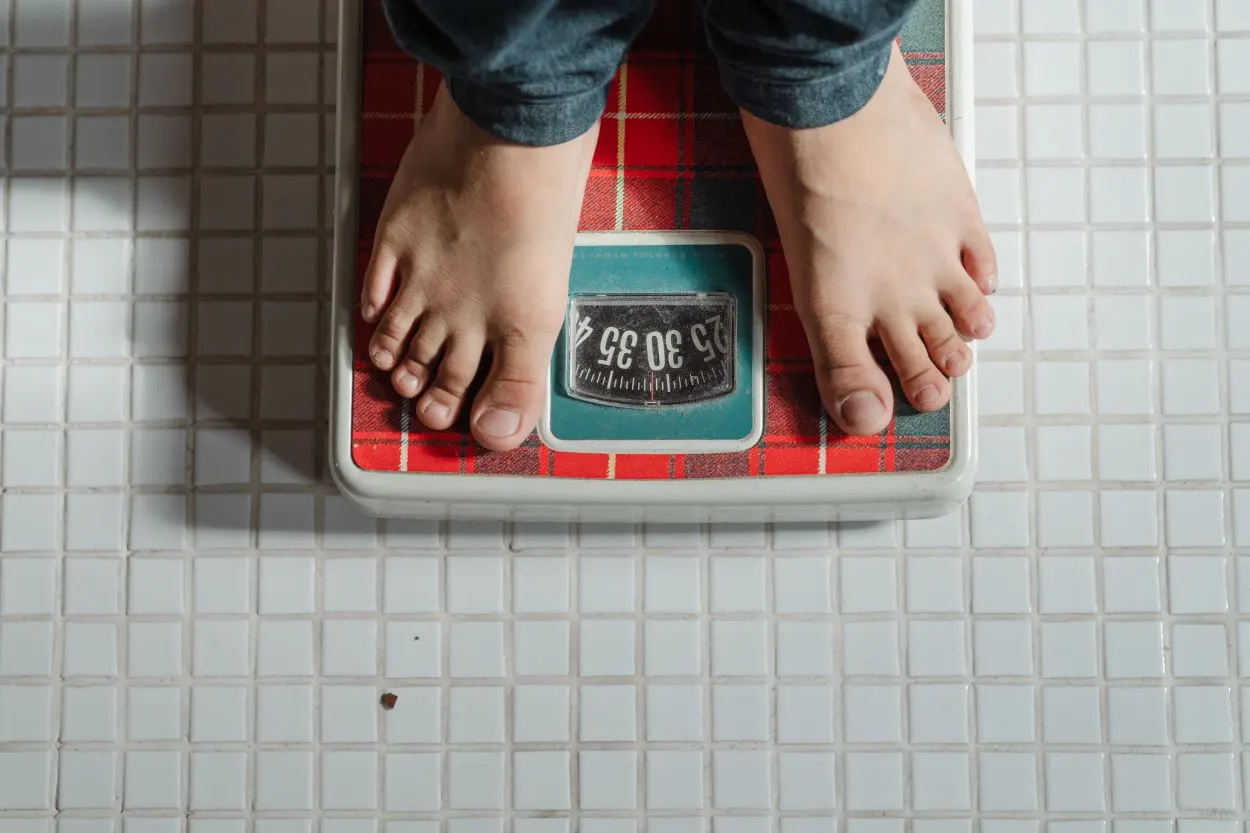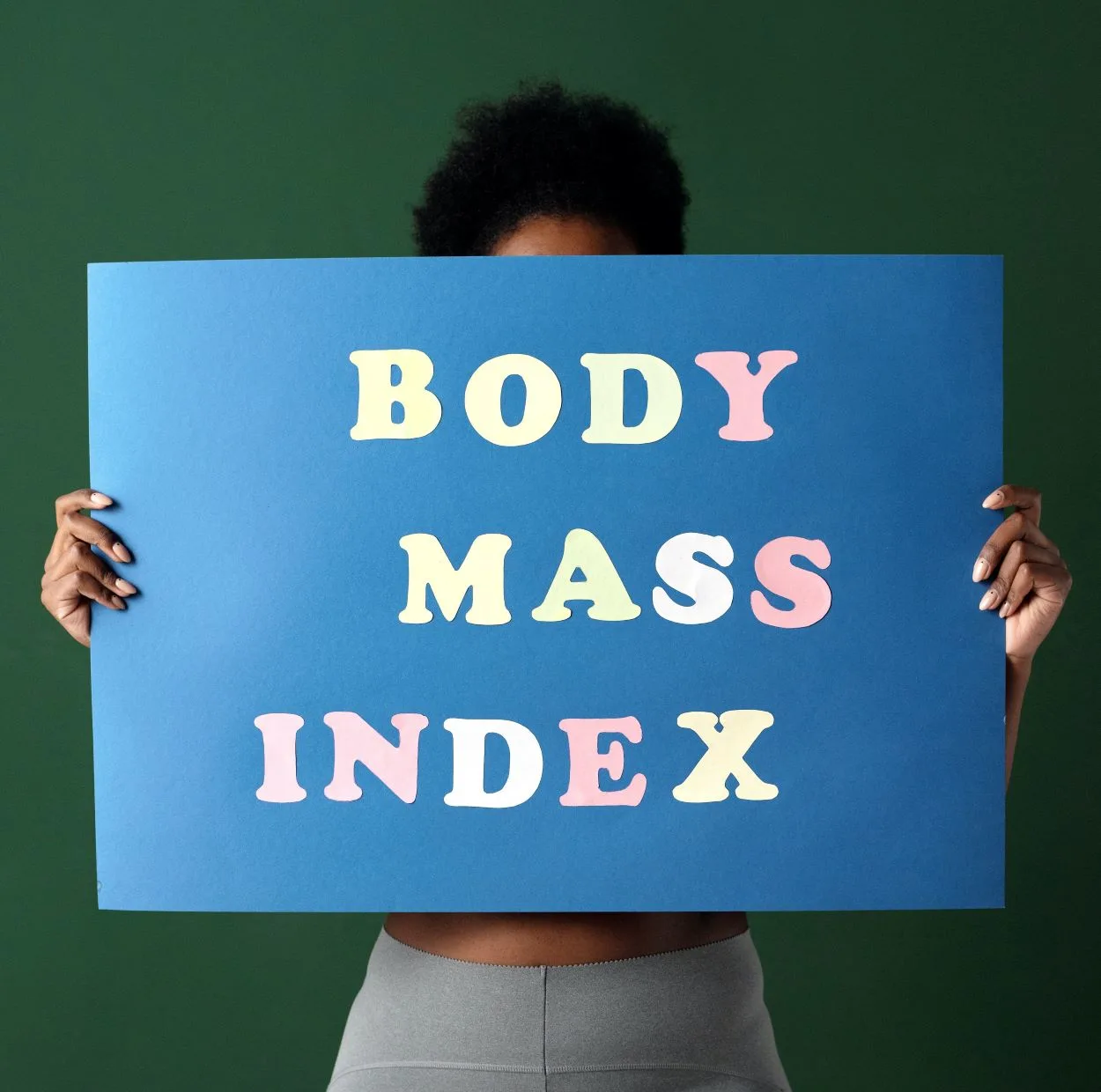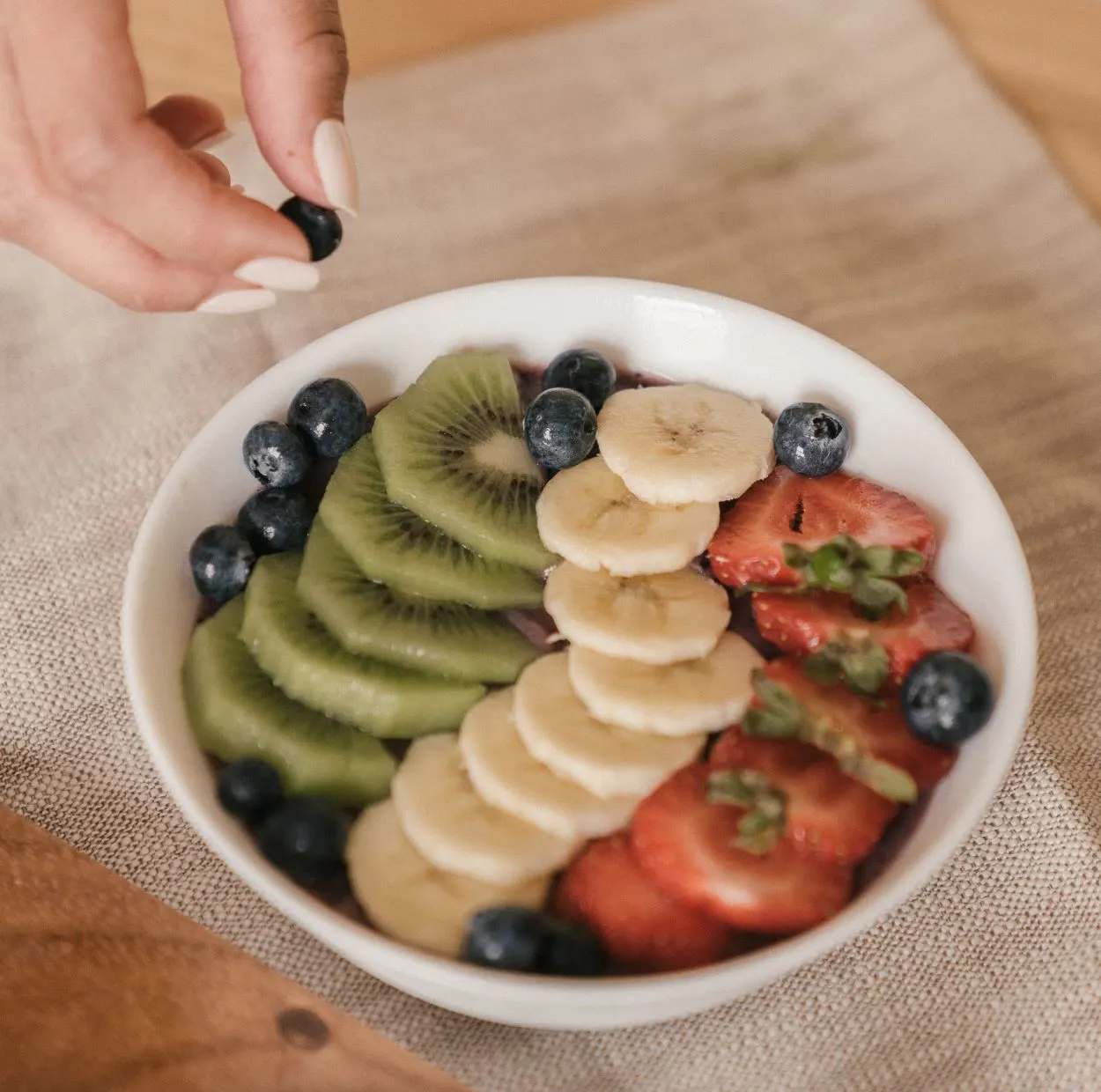Are you thick, fat, or chubby? Have you ever wondered what is the difference between these words? Well, all these words describe the different body types.
Particularly talking about female physique, thick, fat, and chubby are the three adjectives that divide female bodies as per their look, weight, and attractiveness. However, it would not be wrong to say that these are mere relative adjectives and vary from one person’s perspective to another.
Let’s discuss each term separately to give you a clearer idea.
What is the Difference Between Chubby, Fat, and Thick?
If we talk specifically about women, thick is what you call the adequate proportion of feminism without extra fats in your belly area or any other part of the body. It is about having that curvy body with no extra fats and giving your body more or less like a pear shape.
Chubby is an intermediate state separating one body from being thick and fat. Chubby can be considered a more polite way to notify someone who is on the verge of getting obese. However, it varies with age too. For example, chubby is a positive gesture when talking about kids or under-aged girls.

What about being fat? Have you heard or read, “There is a fine line between outspoken and rude?” Yes, the same situation can be seen here.
There is a thin line between being chubby and fat. Both refer to being overweight, but fat is used to denote someone who is obese.
It’s a rather negative connotation and cannot be used in a polite sense whatsoever until you are talking about a potato! Only potatoes can be positively fat.
In the case of young females, the obese case comes with a lot of body shaming and bullying. Fat is a full, rounded shape with an apple-like body. The other popular synonyms may include flabby, paunchy, meaty, etc.
Body Type
One thing that should never be forgotten is that most of the time, the body type or shape is a gift that you receive as your legacy.
Some people have that built-in heavy structure, while others stay skinny for life. Of course, diet intake is a great factor, but the typical body type cannot be changed.
Though the surroundings, environment, personal preferences, and lifestyle determine the body type, as per studies, 80% of the body weight depends on your genes, which is quite a major factor. From being an apple to a pear, your DNA governs your body shape.
Surprisingly, as per recent research, nature has already created the genetic variants that deal with the hip-to-waist ratio, determining where to distribute your body’s excess fat.
Further classification of different types of female bodies can be well understood from the following video.
How Does Anyone Know If He/She is Thick, Fat, or Chubby?
Dealing with the societal stigma, how to categorize oneself? Always remember, this is always relative. Calculated BMI charts deal with the ideal range of your weight-to-height ratio.
The BMI stands for Body Mass Index and is derived from the mass and height of a person. Many BMI calculators available may take your basic details and calculate your BMI.

However, this is the theoretical way of finding out the body type.
The other way is still the compliments and judgmental looks of the people around you! So be sure of your body physique, and don’t heed any unnecessarily mean comments.
BMI formula: (mass (lbs) ÷ height (inches)) * 703
A reference chart for someone whose height is 5’7″.
| Height | Weight in pounds | BMI | Status |
| 5 ft.7 inches (67 inches) or (170.18 cm) | 103 lbs to 115 lbs | 1.0 to 18.5 | Underweight |
| 122 lbs to 154 lbs | 18.5 to 24.9 | Normal weight | |
| 160 lbs to 186 lbs | 25.0 to 29.0 | Overweight | |
| 192 lbs to 256 lbs | 30.0 or more | Obese |
How to Stay in the Optimum Range?
There are lots of ways where you can have an optimum body physique. The first thing that should be taken care of is what you put inside your body. You might have heard that you become what you eat.
So if you are eating lots of French fries and junk food, there are higher chances you end up like a cute fat potato!
Processed and packaged foods, excess sugar intake, and excess carbohydrates and fats should be on an all-time avoid list to have a healthier and fit body.
Besides controlling one’s diet, the whole day’s activity and routine also count. If you have a lazy routine, even simple food can make you fat! Exercise increases the proportional functionality of your body organs and internal blood flow and keeps you physically fit.
Additional cherries you get after exercising reduce depression levels and may diminish the risk of many chronic diseases.
Does sleep affect fitness?
Your sleep cycle makes a difference In fitness. A proper sleep routine is beneficial since an inappropriate sleep routine may initiate obesity.
Stress is yet again an important factor that provokes a deterioration of body shape. In most cases, extra or continual anxiety may initiate abnormal weight gain, leading to a flabbier body.
Last but not least, relying on natural food is always the best choice and the most appropriate thing you can give your body. Combining meat and plants in your daily diet is always the wisest choice. Providing an adequate amount of nourishment is what tops all others. Keeping your diet balanced is what your body needs. No excess, no lacking!

What Does The Trend Suggest?
Some eternity ago, the artworks and sculptures portrayed curvaceous, thickset silhouettes. The 18th century mirrored a cone-shaped silhouette, but in the 1790s, shorter stays evolved, bordering on proto-brassieres, which supplemented the new fashion trend of high-waist dresses.
Then, in the 20th century, the very well-defined shift towards an increasingly young, athletic, and slender body was seen. It is still a mystery in the fashion world what triggered this shift, but the attraction to lean bodies is still not outdated.
Since the beginning of the 21st century, there has been an inclined rotation toward celebrating diversified body types in the media and fashion with the slogan that every body type should be celebrated.
That trend appears to correlate with the use of social media, where diverse types are represented by everyday users online, creating awareness worldwide.

Opposite Gender Preferences
The preferences vary greatly from region to region. The vast diversity of terrain also divides opinion. In some parts of the world, females are attracted to tall and average-weight men, whereas in other regions, they are far more attracted to muscular, macho-built males.
The case varies for the men, too. More curvy and heavy bodies are appreciated in some regions, whereas some people consider skinny bodies the epitome of beauty. There exists no fixed standard. So, if you find yourself a bit unfit? So don’t worry; you are just in the wrong region of the world. The other side awaits you.
What is being Ideal? – Conclusion
- Body descriptors like “thick,” “chubby,” and “fat” are relative terms. They describe different body types and can vary based on perspective.
- “Thick” implies a curvy body with no excess fat. “Chubby” is an intermediate stage, and “fat” denotes obesity.
- Age can influence the perception of these terms. The term “chubby” is more positive for children.
- Genetics plays a significant role in body type. But lifestyle factors like diet, exercise, and sleep also matter.
- Historical and cultural shifts have influenced body ideals, with modern trends emphasizing diversity.
- Body preferences vary by region and gender, and there is no fixed standard of beauty.
- An ideal body is one that reflects internal health, self-confidence, and positivity. It highlights the importance of overall well-being.

